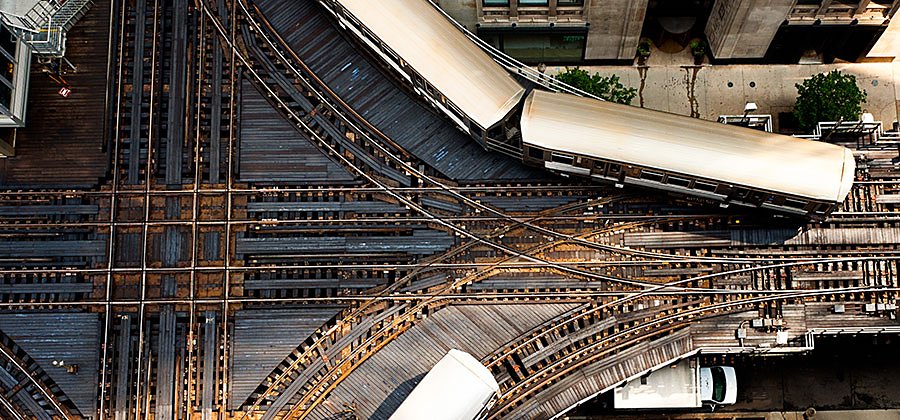Principles of Design Unity Unity is what brings an image together as one piece. There are two types of balance symmetrical and asymmetrical.

How To Use The 7 Principles Of Art And Design In Photography
The seven principles of art and design in photography.

. Proportion is one of the easier design principles to understand. Unity is one of the key principles of design and other visual arts and working elements of unity into a photo composition can elevate it into a work of art. Our last blog post introduced.
Larger elements are more important smaller elements less. This will lead to better photos and more photographic opportunities. The result is a pleasing feeling that everything is right with the work.
A good photograph that is unified is one where everything appears to belong. Nothing should be useless or placed randomly. Unity is the principle of design that unifies all other principles within a piece of work allowing each individual element to coexist with one another to form an aesthetically pleasing design.
The five types of balance covered here are. Design Principles The seven principles of art and design in photography. See more ideas about unity unity photography elements and principles.
The colors values lines texture contrast emphasis and movement of this photograph create a harmonious and unified work. UNITY helps create a sense of completeness. Recent Posts - Trent Sizemore Photography Blog.
Elements with similar color texture shape etc will cause the viewer to group them together. This happens when the principle of unity is used to create a photograph. If similar elements are REPEATED they will appear to related.
Pattern contrast emphasis rhythm and movement balance and unity. Balance is the distribution of the visual weight of objects colors texture and space. Apr 29 2016 - Explore Lan Mais board Unity on Pinterest.
Unity is a principle of visual design in photography that involves the repetition of certain elements in an image to make it visually pleasing. Principles of Design The principles of design describe the ways that artists use the elements of art in a work of art. Rhythm emphasis unity and movement balance pattern and contrast.
Unlike painters photographers dont physically create the objects we capture. It is seen in repeating of shapes and colors. Find harmony in the world around you.
Rhythm is a type of movement in art. The idea behind the principle of unity is to create an image where all elements support each other and all work together toward a common goal to express your intended message. To achieve this precious state of harmony the designer needs to make sure that every element really belongs to the composition with a specific place and role.
Unity as a design principle is not just for photography it applies to all aspects of. The closer elements are to each other the more likely the viewer will see them as a group. The seven basic principles include the following.
Unity can be construed in two ways. Principles Of Design Unity Photography. Line Shape Form Texture Pattern Color Space Composition Light Depth of Field Vantage Point or Perspective.
Alternating lights and darks also give a sense of rhythm. Simply put its the size of elements in relation to one another. Conceptual unity In a nutshell conceptual unity can be described as singleness or the act of combining things for the users convenience.
Balance Space Emphasis Movement Contrast Pattern or Repetition Unity or Harmony These principles have been around as long as artists have been translating the real world onto two-dimensional pieces of canvas. 12052010 macro insect photography is filled with interesting colors. Proportion signals whats important in a design and what isnt.
It can be repeated in a consistent pattern andor in a variation of the pattern. This photo has great balance because it is the same on both sides. Unity in design exists when all elements are in agreement.
Practice unity photography principles by finding and highlighting synchronicities or subtle repetitions whether in a studio photoshoot or out in the world. It creates a sense of completeness and completion. The size of one part of the artwork to its other parts is called proportion.
Using the seven principles allows you to take greater control of your photographic practice. If the design was a scale these elements should be balanced to make a design feel stable. 31 Unity Ideas Unity Unity Photography Elements And Principles Paying attention to color and its emotional messages and meanings is an important step towards photographic maturity.
Employing unity when creating a photo brings all the elements together to make a cohesive strong image that feels like they all fit together. The principles rely on colors and textures as well as lines forms values and space altogether called elements. Grade 5 10 Artistic Perception 11 Identify and describe the principles of design in visual compositions emphasizing unity and harmony.
Unity is the principle of design that unifies all other principles within a piece of work allowing each individual element to coexist with one another to form an aesthetically pleasing design. Sep 28 2019 A principle of art Unity occurs when all of the elements of a piece combine to make a balanced harmonious complete whole. Through unity the elements of your image are not competing with each other for attention.
It will make your work of art look complete and organized. Ultimately unity is what gives a design the appearance of cohesiveness despite its internal components differing in scale contrast or style. This photo shows symmetrical balance.
EnglishLanguage Arts Content Standards for California Public Schools Grade 3 Writing 20 Writing Applications 22 Write descriptions that use concrete sensory details to present and support unified. Examples of design elements in 11. Seven principles of design photography and art.
Its best achieved by thinking about content and function. The number of design principles may vary sometimes once you go down that path of discovery. Unity is seen in art when all the parts equal a whole.
Balance rhythm pattern emphasis contrast unity and movement form the foundation of visual arts. I think that it brings a photo together. I think balance is a very important principle of design.
When a work has Unity it looks right and everything works together. Photography Graphic Design Movement adds excitement to your work by showing action and directing the viewers eye throughout the picture plane. The Unity Principle of Design states that design elements should be both visually and conceptually harmonious.
These are the elements of photography. The Principles of Photography Unity or Harmony Balance Emphasis Proportion Contrast Rhythm or Repetition Movement What Are The Elements of Photography.
Principles Of Design Blake Mrs Cook S Art Class

What Are The 12 Principles Of Design In Photography

7 Principles Of Design In Photography

What Is Unity In Photography Adobe

The Principles Of Design In Photography Trent Sizemore

Unity Artist Via Lushlight Photography Blackandwhite Picture Taken Of A Group Of People Whose S Photography Elements Unity Photography Symmetry Photography

0 comments
Post a Comment